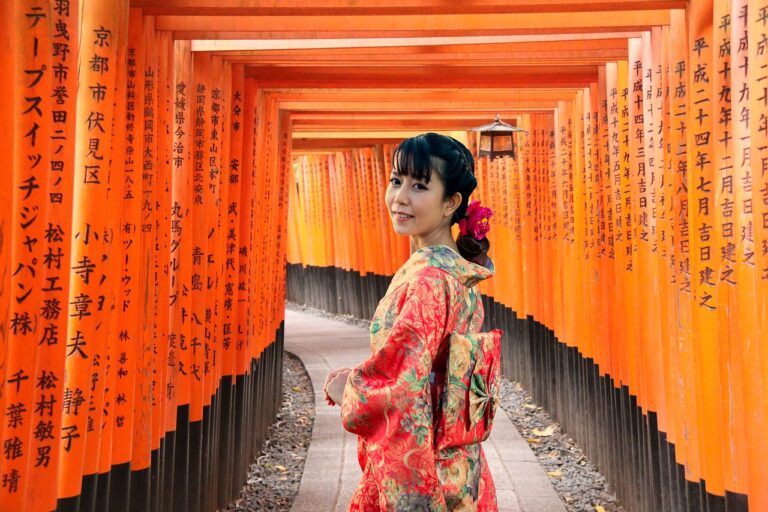Exploring the Role of Fashion in Social Movements
Fashion has long been intertwined with social movements, serving as a powerful tool for expressing beliefs and sparking change. Throughout history, clothing choices have been used to challenge societal norms, advocate for equality, and promote cultural identities. From the suffragettes wearing white to symbolize purity and morality in the fight for women’s voting rights to the Black Panthers’ adoption of black leather jackets and berets as a symbol of empowerment and resistance, fashion has played a pivotal role in shaping and amplifying social movements.
By using clothing as a form of visual communication, activists have been able to convey their messages to a wide audience in a way that is both immediate and impactful. Whether through slogans emblazoned on t-shirts, colors representing solidarity, or styles that defy traditional gender norms, fashion has the ability to unite individuals under a common cause and challenge the status quo. The evolution of fashion within social movements not only reflects the cultural and political climate of the time but also serves as a lasting reminder of the power of clothing to provoke thought, inspire action, and drive meaningful change.
The Influence of Fashion Icons on Social Change
Fashion icons have played a pivotal role in shaping social change throughout history. These influential figures have the ability to spark conversations, challenge norms, and ignite movements through their sartorial choices. Whether it’s wearing a symbolic color, donning a specific garment, or supporting a particular designer, fashion icons have the power to amplify important messages and bring attention to pressing issues.
Icons like Audrey Hepburn, Princess Diana, and Michelle Obama have used their fashion choices as a means of expressing their values and beliefs, inspiring countless individuals to follow suit. By leveraging their status and visibility, these fashion icons have been able to bring attention to social causes and advocate for change in a compelling and impactful way. Their influence extends far beyond the world of fashion, serving as a reminder of the significant role that style can play in driving social transformation.
• Fashion icons have the ability to spark conversations and challenge norms
• Icons like Audrey Hepburn, Princess Diana, and Michelle Obama have used their fashion choices to express their values
• Fashion icons can bring attention to social causes and advocate for change in a compelling way
• Their influence extends beyond the world of fashion, driving social transformation through style
Fashion as a Tool for Political Protest
Fashion has long been utilized as a potent tool for expressing political dissent and resistance. Clothing and accessories can be powerful symbols that convey messages of defiance, empowerment, and solidarity with various social and political causes. Throughout history, individuals and movements have cleverly employed fashion to challenge oppressive systems and advocate for change.
From the suffragettes donning white attire to symbolize purity and unity in their fight for women’s voting rights to the Black Panthers’ adoption of black leather jackets and berets as a symbol of resistance against racial injustice, fashion has been an integral part of countless social and political movements. The strategic use of colors, symbols, and styles has the ability to provoke thought, challenge norms, and rally individuals behind a common cause.
How has fashion been historically significant in social movements?
Fashion has played a crucial role in social movements by allowing individuals to express their beliefs, values, and identities through clothing. It has been used to symbolize solidarity, resistance, and political statements.
Can fashion icons influence social change?
Yes, fashion icons have the ability to influence social change by using their platform to raise awareness about important issues and promote activism. Their style choices and public statements can have a powerful impact on their followers and society as a whole.
How can fashion be used as a tool for political protest?
Fashion can be used as a tool for political protest by incorporating symbols, slogans, and imagery into clothing designs. Protest fashion can help amplify messages, spark conversations, and create a sense of unity among activists. It can also challenge mainstream norms and empower individuals to express their dissent creatively.







